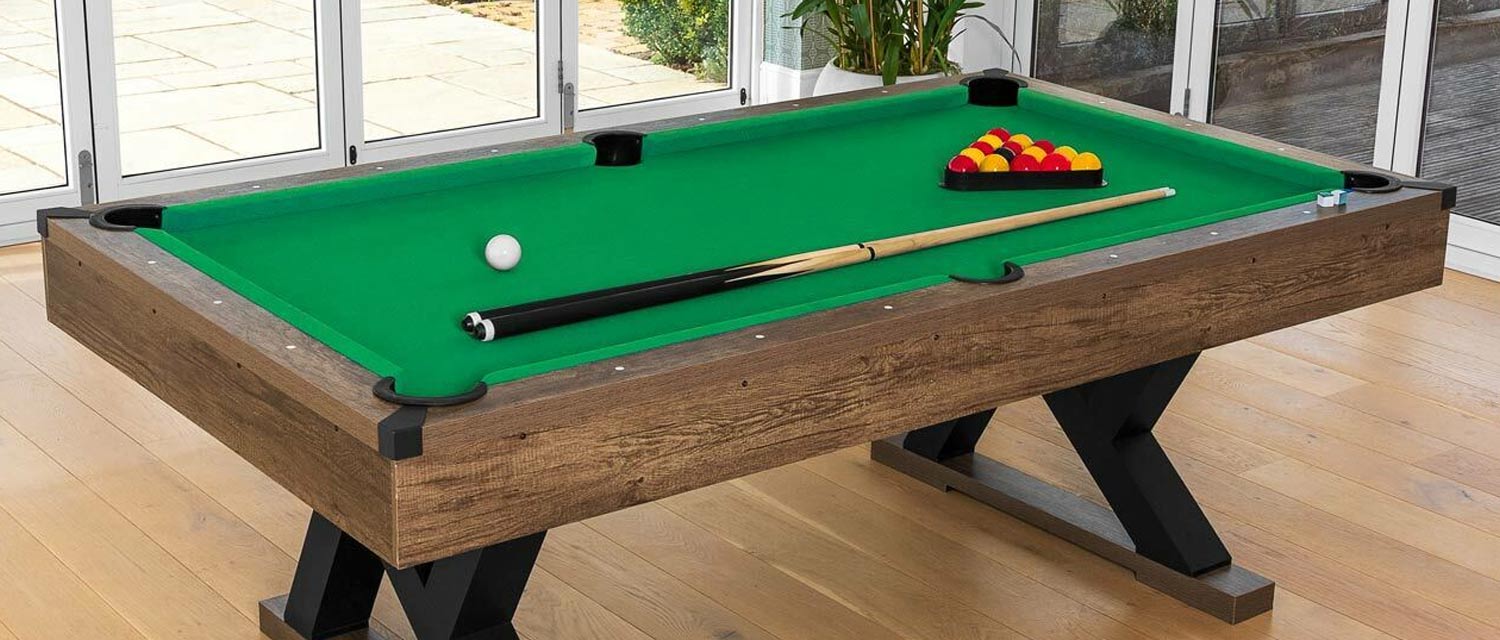Comprehensive Cost Guide - Pool Table Removalists Cost To Plan Your Move with Confidence
Relocating a pool table is both a challenging and costly process. It requires careful planning and expert handling to ensure the table arrives at its new location without damage. Professional movers with experience in pool table assembly and removal are essential for a successful move.
The average cost for pool table removal is around $400 for local moves and $2,200 for interstate moves. However, these prices can vary significantly based on multiple factors.
Relocation costs depend on the table's size, the distance of the move, and any additional services like disassembly or reassembly. Understanding these elements allows you to budget effectively and avoid unexpected expenses.
This cost guide provides valuable insights into pool table relocation expenses, helping you make informed decisions and ensure a smooth, hassle-free move.
Understanding The Cost Basics Of Pool Table Transportation
While calculating the cost of moving a pool table, understanding the basics gives many ideas. Cost can vary according to the type of pool table, transportation distance and many other aspects.
Types Of Pool Tables And Costs
When considering the cost of moving a pool table, it's crucial to recognise the material and size of the table. Whether you’re relocating or rearranging, finding cheap furniture removal services can help reduce costs without compromising on quality.
- Slate Pool Table: Slate pool tables are the heavyweight champs. They often weigh between 600 to 1,000 pounds, depending on their size. The cost to move a slate pool table within a city (local move) is between $400 - $800. It can be
increased for a long-distance move.
- Wood Pool Tables: Wood pool tables are lighter but can still range from 150 to 600 pounds. This difference in weight significantly impacts how much it will cost to move them. It is $200 - $500 for local moves and $400 - $1,200+ for
long-distance moves.
- Standard Pool Table: Standard sizes for pool tables typically range from 7 to 9 feet. The cost of moving a standard-sized pool table is $200 - $600 for local moves and $500 - $1,500+ for long distances.
- Custom-Sized Pool Table: Custom sizes can present unique challenges, influencing not just the move but also the cost. They include unique features and materials. The cost for local moves is $500 - $1,200, and for long-distance moves
is $1,000 - $3,000+.
- Design Pool Table: Unique designs, such as those with ornate legs or intricate inlays, may require more care during transport. It may increase labour costs. The cost is $500 - $1,500 for local moves and $1,000 - $3,000+ for long-distance
moves.
- Simple Pool Tables: Simpler pool tables might allow for easier moving and setup. The cost for local moves is $200 - $600. And for long-distance moves is $500 - $1,200+.
Factors Influencing Pool Table Moving Costs
Certain factors will impact the overall cost of relocating the pool table.
- Distance: A local move may cost less, often ranging between $200 to $500. Whereas a long-distance move will typically kick up the price to $600 and beyond, depending on mileage.
- Accessibility: Difficult access can increase the number of movers required and the time spent on the job, increasing the cost. Charges will increase for the stairs, elevators, and narrow doorways. Navigating stairs or squeezing through
tight spaces adds some additional challenges.
- Condition of the Pool Table: Older pool tables with cracks, loose joints, or rusted parts require extra care and specialised handling, increasing pool table moving costs. Additional padding, tools, and time will raise overall expenses.
Estimated Costs Of Moving A Pool Table
By estimating the cost of moving a pool table in advance, you can make a budget and plan according to your convenience. Here is the breakdown of the total cost.
- Initial Consultation Fees: You are expected to pay some amount in advance during the assessment of the pool table. During an assessment visit, movers evaluate the table and your home for logistics. So you are expecting to pay a nominal
fee of around $100-$200, which can often be credited toward your total cost.
- Labour Costs: Labour makes up a significant portion of the moving budget. Average hourly rates for moving generally range between $100 to $200 per hour. The complexity of the work will increase the price.
- Packing Supplies: Protecting the pool table is crucial while moving expensive tables. You are expected to pay between $50 to $150 for blankets, cushioning and wrapping supplies.
- Insurance: Even with professional help, it's wise to look into insurance for the table. If your pool table is highly expensive, you should get insurance for the table. Costs will depend on its value and can add another $50 to $200.
- Additional Services: Pool tables must be level to ensure proper play, making professional reassembly worthwhile. Reassembly might carry an additional charge. Expect an additional $50 to $200 for levelling services, depending on the
complexity. It can also vary for the expensive materials.
Importance Of Professional Moving Services
Experienced moving services ensure a stress-free, quick, and safe transfer of your priceless asset. When it comes to pool table removal, a professional mover's knowledge, specific tools, and risk management are essential for safeguarding your table during transport.
Not only do they ensure that your pool table is levelled and reassembled correctly in its new location, but they also help you avoid costly damage. If you're also looking to update your table, consider pool table refelting as part of the move.
Wondering how much does it cost to refelt a pool table? The pool table refelting price can vary depending on the table size and fabric type, but our team offers competitive rates and quality materials to restore your table to like-new condition.
Experience And Skill Required For Safe Moving
Professional movers are skilled in disassembling and reassembling tables. It reduces the risk of damage to both the table and the home. Hiring professionals will ensure the safety of the pool tables.
Equipment Needed For a Smooth Move
Essential moving supplies, like dollies and straps, can save time and prevent accidents. You generally won’t have these at hand, making professional movers a sensible choice for moving pool tables.
Risks Of DIY
Trying to move it yourself to save money might backfire. Damaging a slate top can be costly to repair or replace, potentially making the "savings" negligible. It’s not a good option to move your expensive tables yourself.
How To Save Money On Pool Table Moving
Saving money on moving a pool table requires strategic planning and careful consideration of various factors. Here are some effective ways to reduce the cost.
- Best Times To Move: Try to schedule your move during off-peak seasons, which tend to be cheaper.
- Advance Booking Benefits: Booking early can often lead to better deals and reduced costs.
- Moving Off-Peak: Weekdays are usually more affordable than weekends, so consider this when planning.
- Get Multiple Quotes: Compare prices from several professional movers to find the best deal.
- Check for Special Promotions: Look for any special promotions or discounts from moving companies, especially during off-peak seasons.
Final Considerations
Even though relocating a pool table can be expensive, hiring expert movers will guarantee the table's longevity and safety. Understanding the costs associated with moving a pool table involves considering a variety of factors.
This includes distance,
accessibility, and the necessity of professional services. Hiring professionals reduces the risk of any damage that might result in even more expensive repair or replacement.
Managing the budget and making well-informed decisions regarding pool table
relocation helps to know the aspects that affect the cost.



![How Much Does It Cost To Move A Piano? [2025]](https://servicetasker.com.au/storage/2024/02/1708075648.jpg)
![How Much Does Storage Units Cost? [2025]](https://servicetasker.com.au/storage/2024/02/1708070110.jpg)



